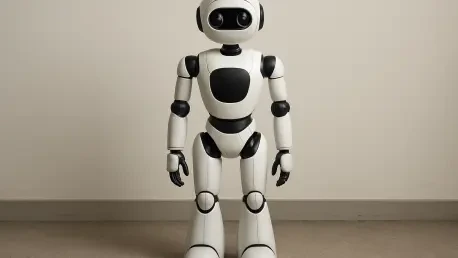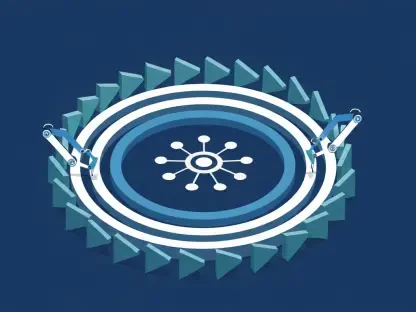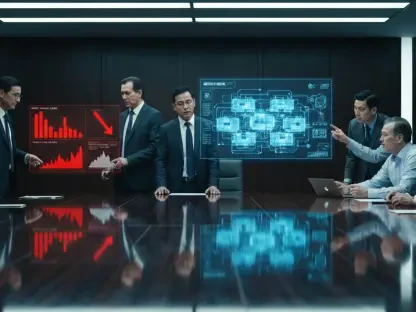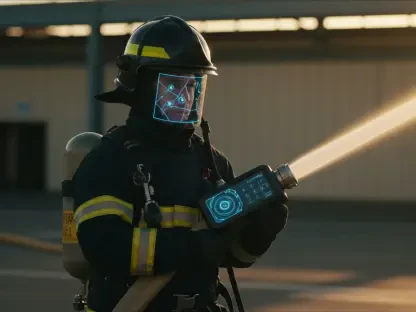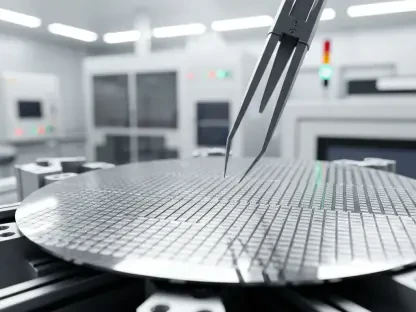Imagine a world where cutting-edge humanoid robots are no longer confined to the labs of tech giants or blockbuster sci-fi films, but are accessible to universities, small businesses, and even passionate hobbyists. This scenario is becoming reality with the Unitree R1, a humanoid robot priced under $6,000, challenging the notion that advanced robotics must come with a hefty price tag. The purpose of this evaluation is to determine if this affordable innovation is a worthwhile investment for a diverse range of potential users looking to explore the frontiers of technology.
This review focuses on how the R1 addresses the growing demand for cost-effective humanoid robotics. By breaking down barriers of entry, it holds the potential to democratize access to sophisticated tools once reserved for well-funded institutions. Key aspects such as design, performance, and practicality will be assessed to provide a clear picture of its value in today’s rapidly evolving tech landscape.
Overview of the Unitree R1: Features and Design
The Unitree R1, developed by a leading robotics company in China, stands at a compact 1.2 meters tall and weighs approximately 25 kilograms, making it a portable yet robust platform. With 24 to 26 degrees of freedom, this robot is engineered to replicate human-like movements, from walking and balancing to executing dynamic actions like cartwheels. Its design prioritizes versatility, enabling it to serve as a foundation for a wide array of experimental applications.
Equipped with advanced components, the R1 features 3D cameras for visual perception, microphones for sound localization, and wireless connectivity for seamless interaction with external devices. Users also have the option to upgrade its onboard computing power with systems like Nvidia’s Jetson Orin, which enhances its ability to handle complex AI tasks such as real-time image recognition. These elements position the robot as a technologically impressive tool for its price range.
What sets the R1 apart in a field often dominated by exorbitant costs is its affordability, making it an attractive choice for smaller entities or individuals eager to dive into robotics. Marketed as a flexible platform for experimentation, it invites innovation across educational, research, and creative domains. This unique selling point underscores its role as a bridge between high-end robotics and broader accessibility.
Performance Evaluation of the Unitree R1
When put to the test, the Unitree R1 showcases notable strengths in mobility, navigating human-centric environments with relative ease through walking and balancing capabilities. Its sensory systems, including visual and auditory processing, allow it to interact with surroundings in a rudimentary yet functional manner. However, its battery life, lasting about an hour with a quick-swap option, may restrict prolonged use in certain scenarios, necessitating strategic planning for tasks.
In controlled demonstration settings, the robot performs admirably, executing pre-programmed routines with precision, such as waving or kicking. Yet, in unscripted or dynamic situations, its limitations become apparent due to underdeveloped software, which hampers autonomy and adaptability. This gap highlights a reliance on scripted actions or teleoperation rather than independent decision-making, an area where future improvements are crucial.
Overall, while the R1’s hardware offers a solid foundation for basic tasks, its real-world performance in unpredictable environments reveals room for growth. Potential users should temper expectations for immediate out-of-the-box solutions, recognizing that its current capabilities shine brightest under structured conditions. This balance of strengths and constraints shapes its practical utility across different contexts.
Strengths and Limitations of the Unitree R1
One of the standout advantages of the Unitree R1 is its groundbreaking affordability, opening doors for smaller organizations and individuals to engage with advanced robotics without breaking the bank. Its portability, thanks to a lightweight and compact frame, further enhances its appeal for diverse settings, from classrooms to research labs. Additionally, the humanoid form fosters social relatability, making it a promising candidate for applications in areas like elderly care or hospitality where human interaction is key.
On the flip side, the robot faces challenges with limited autonomy, often requiring pre-programmed instructions or remote control to function effectively. This dependency reduces its efficiency compared to specialized robots designed for specific tasks, such as industrial arms or wheeled delivery bots, which may outperform it in precision or speed. Such drawbacks suggest that the R1 is not yet a one-size-fits-all solution for practical deployment in complex scenarios.
Balancing these pros and cons, the R1 proves most suitable for experimental and educational purposes where innovation takes precedence over immediate utility. For users in research or creative fields, its strengths outweigh the limitations, while those seeking polished, task-specific performance might find it lacking. This duality shapes its fit for different user needs and expectations.
Summary of Findings and Recommendation
The evaluation of the Unitree R1 reveals a compelling mix of groundbreaking affordability and robust hardware capabilities, set against challenges like limited battery life and software constraints. At under $6,000, it stands as a pioneer in making humanoid robotics accessible, with a design that supports a range of human-like movements and sensory interactions. Yet, its dependence on scripted functions and teleoperation underscores a need for advancements in autonomous behavior.
Based on this assessment, a recommendation emerges for specific audiences: the R1 is a sound investment for those focused on experimentation and innovation rather than instant practical application. Universities, researchers, and hobbyists with a vision for testing new ideas will find significant value in its platform. The cost-benefit ratio leans favorably for such users, provided they are prepared to navigate its current limitations.
Ultimately, the robot represents a promising tool for pushing boundaries in a field hungry for accessible solutions. For potential buyers aligned with its experimental ethos, the R1 offers a unique opportunity to contribute to and benefit from ongoing developments in robotics. This perspective guides the decision-making process for prospective adopters.
Final Thoughts and Target Audience Insights
Reflecting on the Unitree R1’s place in humanoid robotics, it stands as a vital stepping stone in a vibrant era of research and collaboration often described as a “golden age” for the field. Its introduction at such an accessible price point signals a shift toward inclusivity, inviting a wider community to participate in shaping the future of technology. This role as a catalyst for progress cannot be understated, even amidst its imperfections.
For those considering acquisition, the R1 is best suited for students, researchers, and creative professionals eager to explore AI, balance control, or even artistic performances. However, a degree of technical expertise and patience for forthcoming software updates are prerequisites for maximizing its potential. Potential buyers should weigh these factors carefully to ensure alignment with their goals.
Looking back, the journey of evaluating this robot underscored actionable paths forward: investing in software development was critical to unlock its full capabilities, and targeting niche experimental users proved most effective. Future considerations included fostering community-driven enhancements and anticipating battery life improvements. These steps paved the way for broader adoption and innovation in the robotics sphere.
